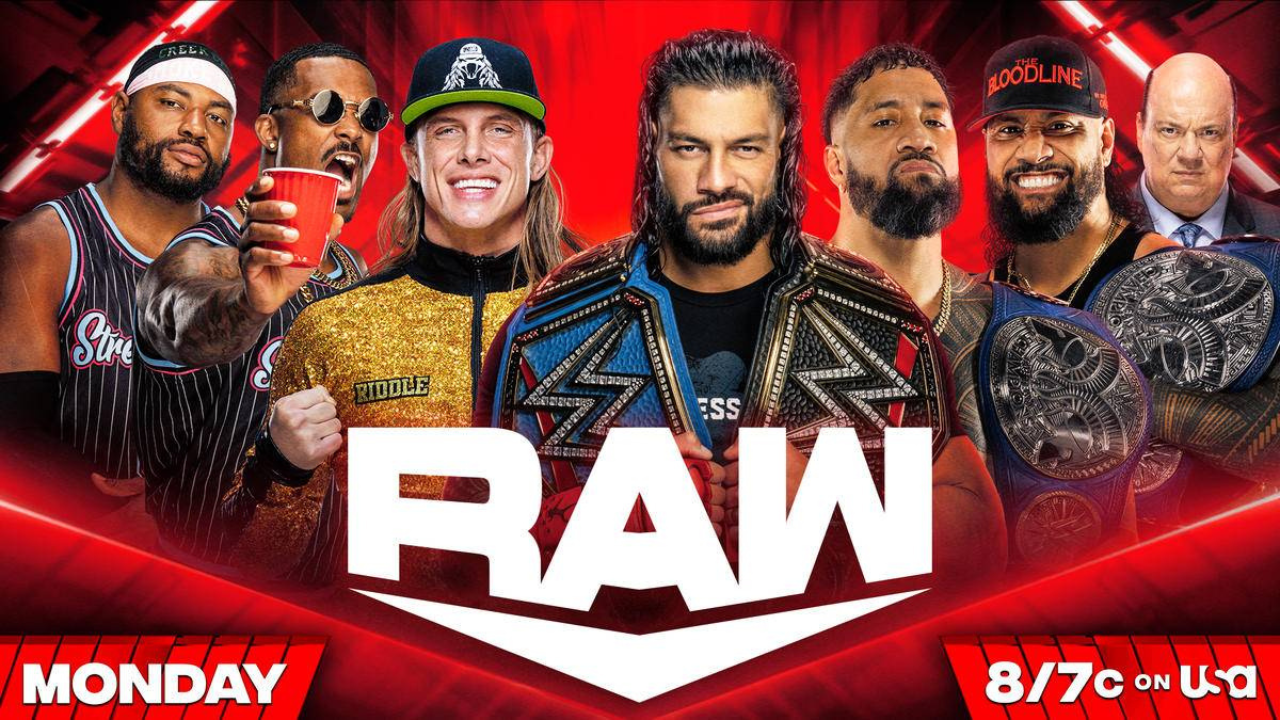WWE Monday Night Raw, often referred to simply as Raw, is a flagship television program in the world of professional wrestling. Airing live every Monday night, Raw is produced by WWE and features some of the most iconic wrestlers and storylines in the industry. With a rich history dating back to its debut in 1993, Raw has consistently been a cornerstone of WWE’s programming, captivating audiences worldwide with its electrifying matches and dramatic narratives.
History and Evolution of WWE Monday Night Raw
Early Beginnings and Milestones
WWE Monday Night Raw premiered on January 11, 1993, as a groundbreaking initiative by WWE to showcase live wrestling on prime-time television. Initially hosted from various venues across the United States, Raw quickly gained popularity for its unique blend of athleticism, entertainment, and character-driven storytelling. Over the years, the show has undergone numerous format changes and expansions, adapting to the ever-changing landscape of professional wrestling and television broadcasting.
Impact on Pop Culture and Sports Entertainment
Raw has not only shaped the wrestling industry but has also left a significant mark on popular culture. The show’s ability to blend sports with entertainment has attracted a diverse fan base, ranging from die-hard wrestling enthusiasts to casual viewers seeking high-energy entertainment. Icons such as The Rock, Stone Cold Steve Austin, and John Cena have become synonymous with Raw, transcending the ring to become global superstars.
Format and Structure of WWE Monday Night Raw
Weekly Episodes and Live Broadcasts
Each episode of WWE Monday Night Raw is broadcast live from various arenas and venues worldwide. The live format adds an element of unpredictability, as fans tune in to witness thrilling matches, surprise appearances, and intense rivalries unfold in real time. The show typically runs for three hours, providing ample airtime for in-ring action, backstage segments, and promotional spots for upcoming events.
Segments and Storyline Development
Raw is structured around a series of segments that contribute to ongoing storylines and character development. From opening monologues by WWE Superstars to backstage confrontations and championship matches, every segment is meticulously crafted to engage viewers and build anticipation for future episodes and pay-per-view events. The show’s narrative arcs are designed to evoke emotions ranging from excitement and suspense to surprise and awe, keeping audiences invested week after week.
Key Elements of WWE Monday Night Raw
Iconic Matches and Moments
Raw is renowned for delivering unforgettable matches and moments that have become etched in wrestling history. From championship bouts and high-stakes rivalries to unexpected alliances and shocking betrayals, every episode of Raw offers something unique for fans to discuss and dissect. Moments like The Undertaker’s streak ending at WrestleMania or Becky Lynch’s surprise return have become defining moments not just for Raw but for WWE as a whole.
Superstar Roster and Talent Pool
The roster of WWE Superstars featured on Raw represents a diverse array of athletes and entertainers from around the globe. From seasoned veterans with decades of experience to up-and-coming rookies looking to make their mark, Raw showcases a dynamic mix of talent that keeps the audience engaged and eager to see what unfolds next. The Superstars’ charisma, athleticism, and dedication to their craft elevate every episode, ensuring that Raw remains a must-watch for wrestling enthusiasts of all ages.
Conclusion
WWE Monday Night Raw stands as a testament to the enduring popularity and cultural impact of professional wrestling. As WWE continues to evolve and innovate, Raw remains a cornerstone of its programming lineup, captivating audiences with its blend of athleticism, drama, and larger-than-life personalities. Whether you’re a longtime fan or a newcomer to the world of wrestling, Raw offers something for everyone to enjoy and discuss.
